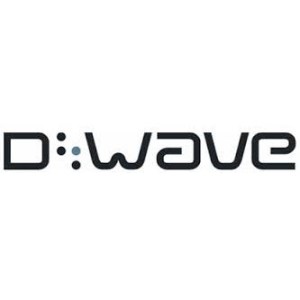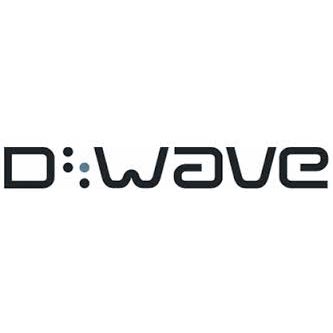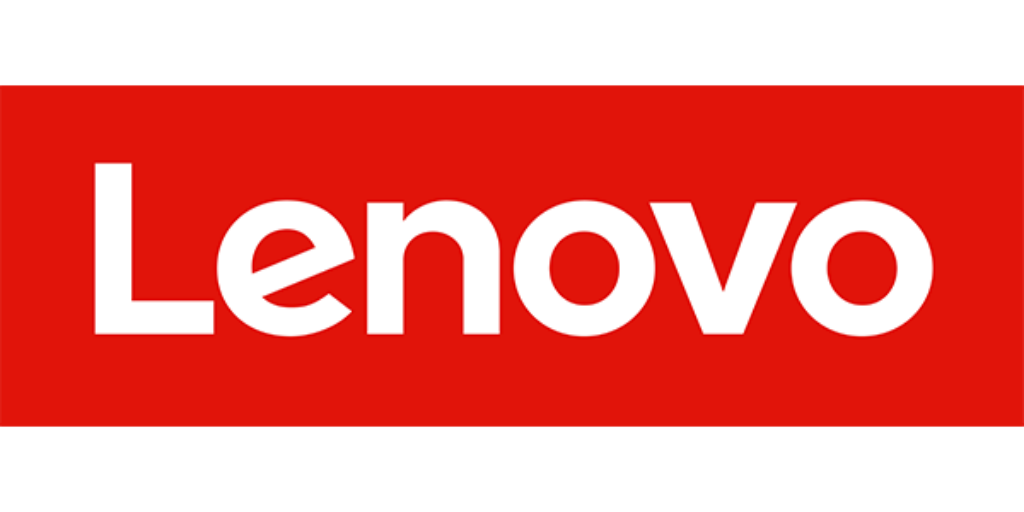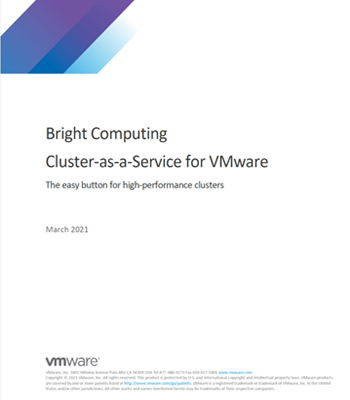 Today D-Wave Systems announced that it has broken the 1000 qubit barrier, developing a processor about double the size of D-Wave’s previous generation. According to D-Wave, this is a major technological and scientific achievement that will allow significantly more complex computational problems to be solved than was possible on any previous quantum computer.
Today D-Wave Systems announced that it has broken the 1000 qubit barrier, developing a processor about double the size of D-Wave’s previous generation. According to D-Wave, this is a major technological and scientific achievement that will allow significantly more complex computational problems to be solved than was possible on any previous quantum computer.
D-Wave’s quantum computer runs a quantum annealing algorithm to find the lowest points, corresponding to optimal or near optimal solutions, in a virtual “energy landscape.” Every additional qubit doubles the search space of the processor. At 1000 qubits, the new processor considers 21000 possibilities simultaneously, a search space which dwarfs the 2512 possibilities available to the 512-qubit D-Wave Two. In fact, the new search space contains far more possibilities than there are particles in the observable universe.
For the high-performance computing industry, the promise of quantum computing is very exciting. It offers the potential to solve important problems that either can’t be solved today or would take an unreasonable amount of time to solve,” said Earl Joseph, IDC program vice president for HPC. “D-Wave is at the forefront of this space today with customers like NASA and Google, and this latest advancement will contribute significantly to the evolution of the Quantum Computing industry.”
As the only manufacturer of scalable quantum processors, D-Wave breaks new ground with every succeeding generation it develops. The new processors, comprising over 128,000 Josephson tunnel junctions, are believed to be the most complex superconductor integrated circuits ever successfully yielded. They are fabricated in part at D-Wave’s facilities in Palo Alto, CA and at Cypress Semiconductor’s wafer foundry located in Bloomington, Minnesota.
Temperature, noise, and precision all play a profound role in how well quantum processors solve problems. Beyond scaling up the technology by doubling the number of qubits, we also achieved key technology advances prioritized around their impact on performance,” said Jeremy Hilton, D-Wave vice president, processor development. “We expect to release benchmarking data that demonstrate new levels of performance later this year.”
The 1000-qubit milestone is the result of intensive research and development by D-Wave and reflects a triumph over a variety of design challenges aimed at enhancing performance and boosting solution quality. Beyond the much larger number of qubits, other significant innovations include:
- Lower Operating Temperature: While the previous generation processor ran at a temperature close to absolute zero, the new processor runs 40% colder. The lower operating temperature enhances the importance of quantum effects, which increases the ability to discriminate the best result from a collection of good candidates.
- Reduced Noise: Through a combination of improved design, architectural enhancements and materials changes, noise levels have been reduced by 50% in comparison to the previous generation. The lower noise environment enhances problem-solving performance while boosting reliability and stability.
- Increased Control Circuitry Precision: In the testing to date, the increased precision coupled with the noise reduction has demonstrated improved precision by up to 40%. To accomplish both while also improving manufacturing yield is a significant achievement.
- Advanced Fabrication: The new processors comprise over 128,000 Josephson junctions (tunnel junctions with superconducting electrodes) in a 6-metal layer planar process with 0.25μm features, believed to be the most complex superconductor integrated circuits ever built.
- New Modes of Use: The new technology expands the boundaries of ways to exploit quantum resources. In addition to performing discrete optimization like its predecessor, firmware and software upgrades will make it easier to use the system for sampling applications.
Breaking the 1000 qubit barrier marks the culmination of years of research and development by our scientists, engineers and manufacturing team,” said D-Wave CEO Vern Brownell. “It is a critical step toward bringing the promise of quantum computing to bear on some of the most challenging technical, commercial, scientific, and national defense problems that organizations face.”
A 1000 qubit processor will also be on display at the upcoming GEOINT conference in D-Wave’s booth, #10076.





Very cool but how many can you really sell for this to be an enduring enterprise?
“I think there is a world market for maybe five computers.”
Thomas Watson, president of IBM, 1943